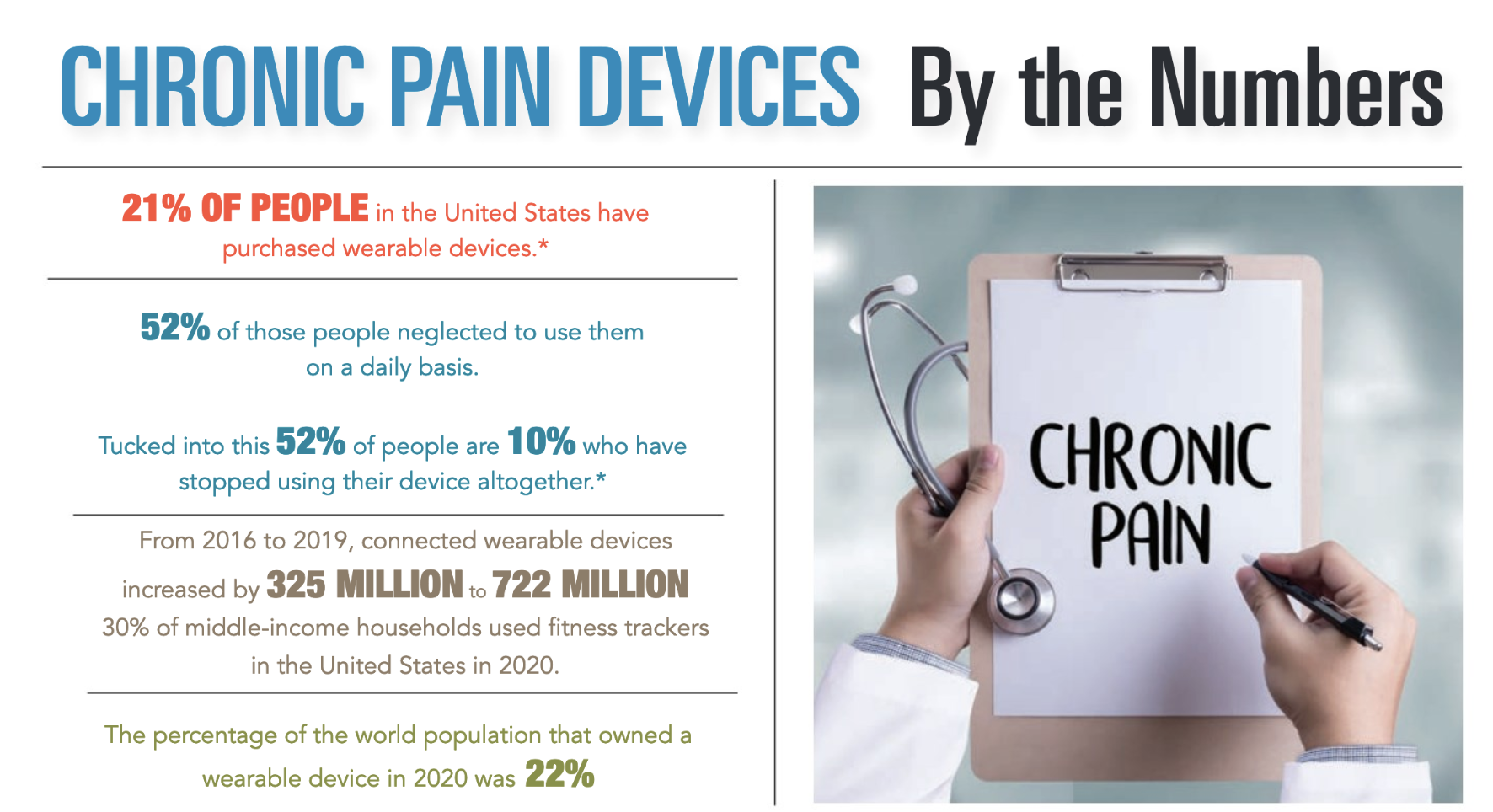“An estimated 51 million people — more than 20% of U.S. adults — have chronic pain, 17 million — almost 7% of adults — have high-impact chronic pain, and only a mere 10% of those reporting chronic pain will be pain free within a year,” according to the April 2023 U.S. Centers for Disease Control and Prevention’s Morbidity and Mortality Weekly Report.
Commonly defined as a pain that has persisted for six months or more, chronic pain often manifests in the form of back aches, headaches, joint pain, sinus pain or pain in specific body parts. The pain can shift from dull to debilitating, constant to intermittent, manageable to excruciating at unpredictable times, which directly impacts the quality of life for those who suffer from its debilitating effects.
In the battle to minimize pain for his patients, Charleston’s Jonathan Gardner, M.D., MHA, founded the Pain Institute of Charleston. His arsenal includes a variety of injections, infusions, topical creams, nerve blocks and pain medications, but he is seeing considerable success with spinal cord stimulation and new peripheral nerve stimulators.
In both procedures, a tiny incision is made to place electrodes just under the skin next to the spinal cord or to the specific nerve being treated. Patients are given a remote control that allows them to release electrical pulses into the affected area to disrupt the transmission of pain messages to the brain.
Sometimes pain persists because the body had been dam aged and medical treatment has not been able to totally repair the problem. In other situations, the body has fully recovered, but the pain message to and from the brain is so established, it travels along its neural pathway even after the danger is long past, causing the patient to continue to hurt.
Canceling its assignment is not easily accomplished.
“Identifying the exact root cause of the pain can be very difficult,” reported Dr. Gardner. “These stimulators are not short term fixes. Our 80% success rate is the result of using all the information available, doing preliminary testing and expecting some trial and error. There will always be patients who need pain medications, but technology is helping us move away from opioid use by focusing on pain intervention.”
Daniel Nemeth, M.D., an interventional spine specialist and owner of Signe Spine & Rehab LLC in Mount Pleasant, arrived in South Carolina from Chicago in 2014. He too chose a profession that would allow him to help people overcome debilitating, life-altering pain.
“In addition to advancements with spinal cord and peripheral nerve stimulators, there are also many new minimally invasive techniques for painful conditions,” he reported. “The MILD lumbar decompressive procedure and spinous process fusion devices such as the Minuteman can help patients with pain in their legs or at the back of their spine. Also, endoscopic spinal decompressive surgery can use a small endoscopic camera to visualize the pathology of the affected area, allowing a minimally invasive approach instead of traditional surgery.”
Dr. Nemeth also mentioned new wearable ultrasound devices known as sustained acoustic medicine devices (SAM). Early studies suggest that these patches provide “low intensity, long-duration daily ultrasound treatment that can reduce the need for pain medication and surgery in select patients.” Applicable to soft tissue injuries, treatment expands the blood vessels at the injury site to increase blood flow and promote faster healing.
In his practice, Dr. Nemeth recommends activities and pain coping strategies that will diminish the focus on chronic pain.
“While we have many pharmacologic, invasive and minimally invasive treatments available to help our patients, no treatment program is more beneficial than a monitored exercise program with a heavy emphasis on strengthening,” he concluded.
While back complaints are one of the most common physical complaints, especially for aging Americans, a healthy, active lifestyle that involves movement and strength training can ward off many chronic pain problems.
When issues do arise, the current advancement of medical technology is improving treatment outcomes and offering more options to Lowcountry pain specialists such as Dr. Gardner and Dr. Nemeth.
By Janet E. Perrigo








